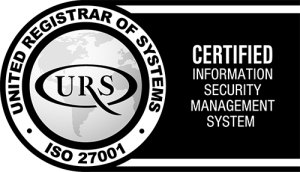What are congenital myasthenic syndromes?
Congenital myasthenic syndromes (CMS) is the name for a group of inherited disorders of the neuromuscular junction that are present from birth or early infancy and have certain clinical and genetic features in common. Muscle weakness is common in CMS, but highly variable from hour to hour, day to day, or month to month. CMS is a rare condition with approximately 1 patient in 150,000 people world-wide.
What causes congenital myasthenic syndromes?
Mutations in many different genes can cause CMS, but the most frequent is CHRNE (the gene coding for the epsilon sub-unit of the acetylcholine receptor). Mutations are spread across the entire length of the gene, but some are recurring in certain populations, therefore, several genes should be analysed by sequencing if CMS is clinically suspected.
With the exception of slow-channel CMS, in the majority of patients the inheritance of CMD is autosomal recessive meaning that both parents are usually unaffected but pass on one copy each of the defective CMS gene to their affected child. Slow-channel CM is inherited in an autosomal dominant manner which means that one copy of the defective gene is enough to cause the disease.
What are the signs and symptoms of congenital myasthenic syndromes?
The onset of symptoms usually occurs in children before the age of 3 years, but later onset has been known in some patients. In infancy, signs and symptoms include floppiness, a weak suck and cry, choking spells, stiff joints, feeding and breathing difficulties and hanging eye lids (ptosis). Young children often show delayed motor milestones and may have difficulty running or tire easily when active, and some have an inability to move their eyes, may develop spinal issues and have reduced muscle bulk.
Respiratory problems can develop and become very severe in some patients and may require the introduction of assisted ventilation.
How does the disease progress?
In people with CMS, muscle weakness varies depending on the type of genetic mutation, so impact on mobility can vary greatly from person to person. In less severe cases, the disease may only have a mild impact on everyday life, however, in more severe cases, CMS can be life-threatening or even fatal.
Obtaining an accurate genetic diagnosis is important to ensure correct treatment is given to patients and so that long-term outcomes can be predicted. Almost all children with CMS will be able to walk independently and the disease does not typically affect cognitive function or development.

